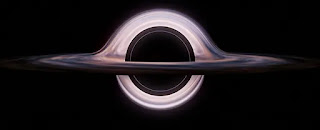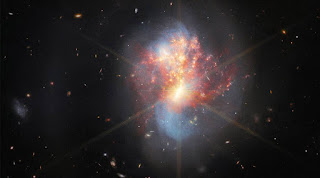1st Edition of International Young Scientist Awards
Chemists create an 'artificial photosynthesis' system that is 10 times more efficient than existing systems UChicago breakthrough creates methane fuel from sun, carbon dioxide and water For the past two centuries, humans have relied on fossil fuels for concentrated energy; hundreds of millions of years of photosynthesis packed into a convenient, energy-dense substance. But that supply is finite, and fossil fuel consumption has tremendous negative impact on Earth’s climate. “The biggest challenge many people don’t realize is that even nature has no solution for the amount of energy we use,” said University of Chicago chemist Wenbin Lin. Not even photosynthesis is that good, he said: “We will have to do better tha...

